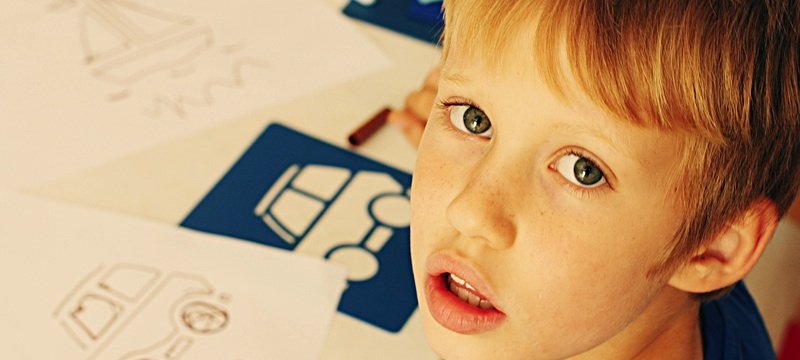On June 18, each year, is celebrated the Autistic Pride Day, an Aspies for Freedom initiative. This day is a celebration of the neurodiversity of people on the autism spectrum to express pride in autism and understand it not as a “disease” but as a “difference”.
Autism spectrum disorder (ASD) is a range of complex neurodevelopment disorders, characterized by social impairments, communication difficulties, and restricted, repetitive, and stereotyped patterns of behavior. Generally appears before the age of 3.
Autistic disorder, sometimes called autism or classical ASD, is the most severe form of ASD, while other conditions along the spectrum include a milder form known as Asperger syndrome, and childhood disintegrative disorder and pervasive developmental disorder not otherwise specified (usually referred to as PDD-NOS).
Let’s meet some facts about autism.
1.
Autism was first described by Dr. Leo Kanner in 1943. He described 11 children who shared high intelligence, a profound preference for being alone and an “obsessive insistence on the preservation of sameness.”
2.
Autism now affects 1 in 88 children and 1 in 54 boys.
3.
Boys are five times more likely to have autism than girls.
4.
About 40% of children with autism do not speak. About 25% – 30% of children with autism have some words at 12 to 18 months of age and then lose them. Others might speak, but not until later in childhood.
5.
Autism greatly varies from person to person (no two people with autism are alike).
6.
The rate of autism has steadily grown over the last twenty years.
7.
Autism is the fastest-growing serious developmental disability in the U.S..
8.
A 2008 Danish Study found that the mortality risk among those with autism was nearly twice that of the general population.
9.
About 20 to 30 percent of children with an ASD develop epilepsy by the time they reach adulthood.
10.
Currently there is no cure for autism, though with early intervention and treatment, the diverse symptoms related to autism can be greatly improved and in some cases completely overcome.
11.
Children with characteristics of an ASD may have co-occurring conditions, including Fragile X syndrome (which causes mental retardation), tuberous sclerosis, epileptic seizures, Tourette syndrome, learning disabilities, and attention deficit disorder.
12.
Scientists aren’t certain about what causes ASD, but it’s likely that both genetics and environment play a role.
13.
There is no blood test, no scan, and no image that can detect autism. Diagnosis relies on behavioral observation and screening.
14.
Autism prevalence figures are growing.
15.
1 percent of the population of children in the U.S. ages 3-17 have an autism spectrum disorder.
16.
Only 56% of students with Autism finish high school.
17.
If one identical twin is diagnosed with autism, the other twin has about 90% chance of develop an autistic disorder.
18.
Scientists are unsure what, if any, environmental triggers may be involved in autism. Beliefs in the late 1990s and early 2000s that vaccines may cause autism have since been disproven through numerous studies.
19.
Autism is more common than childhood cancer, diabetes, and AIDS combined.
20.
Approximately 67 million people are affected by autism around the world.
21.
Many children with autism have a reduced sensitivity to pain but may be extra sensitive to sound, touch, or other sensory stimulation—which may contribute to a reluctance to being cuddled or hugged.
22.
Mothers who have autoimmune diseases such as type1 diabetes, rheumatoid arthritis, and celiac disease have up to three times a greater risk for having a child with autism.
23.
Dogs have been shown to improve autistic children’s quality of life, independence, and safety. The presence of a trained dog can reduce aggressive behavior, calm the child, and serve as a link to the child’s community.
If you know someone with an autism spectrum disorder such as classic autism or Aspergers syndrome, here are some facts that will help you understand a little bit more about how they are.
